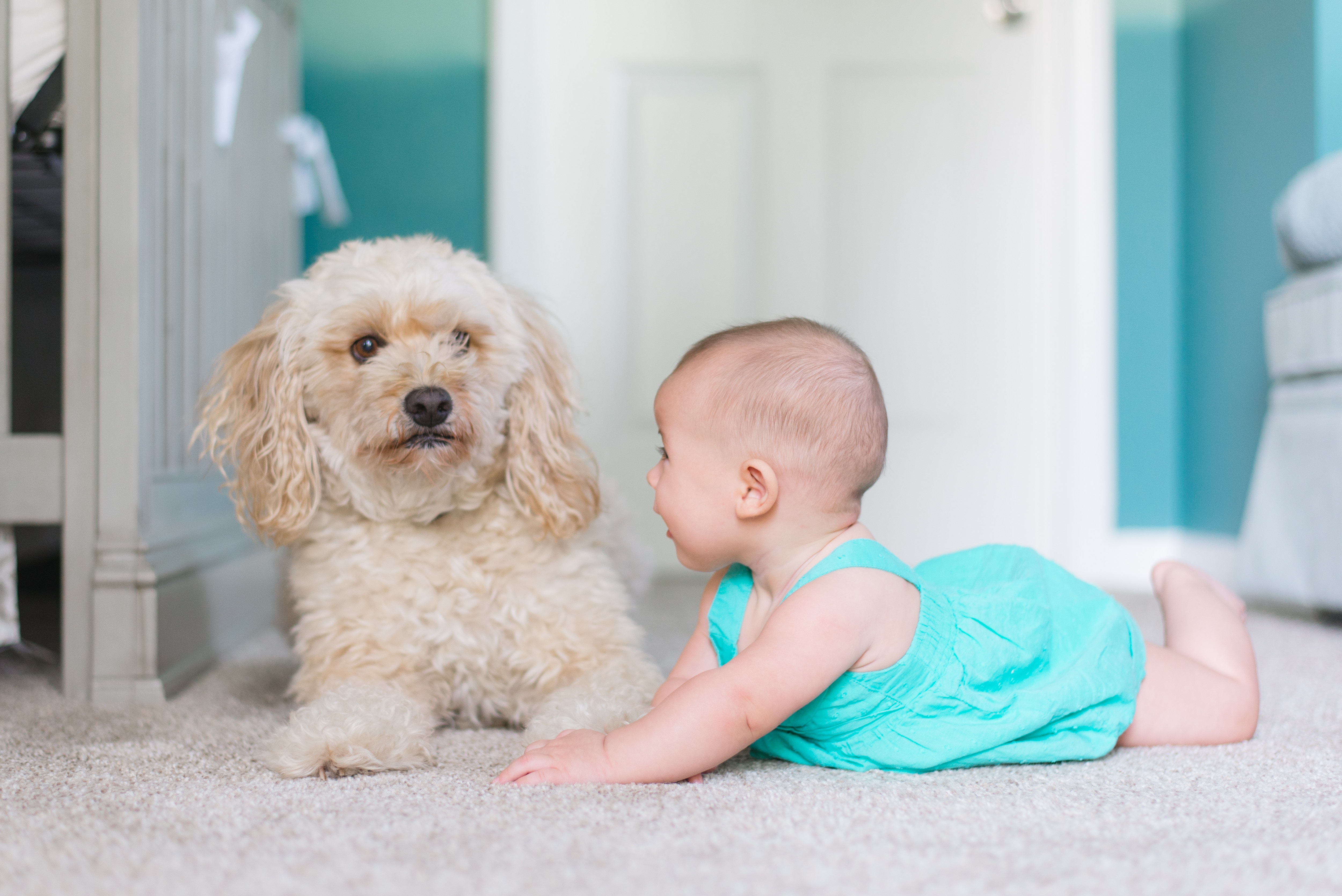Was sagen Sie Ihren Mitarbeitern, wenn sie Ihnen mitteilen, dass sie mit zwei Hunden oder Katzen umziehen müssen? Die meisten Arbeitgeber erstatten zwar nicht die Umzugskosten für diese "Familienmitglieder", aber es ist gut zu wissen, dass Sie für Ihre Mitarbeiter eine Möglichkeit haben.
Die WHR Group arbeitet mit der IPATA, den Experten für den internationalen Transport von Haustieren, zusammen und weiß, dass man beim Umzug eines Menschen oft auch einen (oder zwei) pelzige Freunde mitnehmen kann.
Ist Ihr Umzugsberater bereit, Ihnen zu helfen?

Welche Kosten sind mit Tieren in Fluggesellschaften verbunden?
Zusätzlich zu den Gebühren, die die Fluggesellschaft für den Flug mit einem Haustier erhebt, gibt es noch weitere Gebühren zu beachten. Unternehmen, die sich bereit erklären, für Gebühren zu zahlen, wollen dies im Voraus genau wissen.
Die meisten Länder verlangen ein tierärztliches Gesundheitszeugnis, bevor eine Reise, auch im Inland, gestattet wird. Bei internationalen Flügen müssen für Haustiere möglicherweise Pässe oder andere länderspezifische Genehmigungen eingeholt werden, was in der Regel mit einer Gebühr verbunden ist.
Außerdem ist manchmal eine Parasitenbehandlung erforderlich, selbst bei gesunden Tieren, bevor diese Genehmigungen erteilt werden.
Schließlich müssen die Tiere in einigen Ländern unter Quarantäne gestellt werden, die manchmal mehr als 30 Tage dauert, und einzelne Länder können teure Tagesgebühren verlangen, bevor das Tier wieder freigelassen wird.
Gibt es neben dem Fliegen noch andere Möglichkeiten, um mit Haustieren zu verreisen?
Leider ist das Reisen mit Haustieren in Bussen, Zügen oder auf Schiffen nur sehr eingeschränkt möglich.
Nach Angaben der IPATA gibt es zwei Hochseeschiffe, die Tiere auf Transatlantikreisen akzeptieren, aber der Platz ist sehr begrenzt.
Für Busse und Züge gelten in der Regel örtliche Beschränkungen, aber Greyhound Bus zum Beispiel erlaubt keine Tiere außer Servicetieren(IPATA FAQs).
Alle Fluggesellschaften fliegen mit Haustieren, richtig?
Falsch! Bei einigen Fluggesellschaften sind Tiere in der Kabine nicht erlaubt, bei anderen dürfen sie nicht als aufgegebenes Gepäck mitfliegen - und bei wieder anderen sind Haustiere überhaupt nicht erlaubt.
Es ist wichtig, die Fluggesellschaft vor der Buchung Ihrer Tickets anzurufen, um sicherzustellen, dass Sie, Ihre Familie und Ihre Haustiere alle zur gleichen Zeit in der Zielstadt ankommen. BringFido.com ist eine großartige Ressource, die eine Liste aller tierfreundlichen Fluggesellschaften und ihrer Richtlinien enthält.
Wie groß ist zu groß für Haustiere, um in der Kabine zu fliegen?
Die meisten Fluggesellschaften gestatten die Mitnahme von Hunden oder Katzen in der Kabine nur, wenn sie in einen Transportbehälter passen, der unter dem Sitz verstaut werden kann. Eine Ausnahme bilden Servicetiere, die eine entsprechende Kennzeichnung tragen müssen.
Die Fluggesellschaft muss im Voraus benachrichtigt werden, damit ein geeigneter Sitzplatz gefunden werden kann. Die Beförderung von Haustieren im Frachtraum ist eine sichere Alternative. Laut Air Cargo World gibt es weniger als 0,01 % Zwischenfälle, wobei bestimmte Fluggesellschaften wie United eine noch geringere Zwischenfallquote aufweisen(IPATA FAQs).
Warum kann die Bulldogge eines Übernehmers im Sommer nicht fliegen?
Atemwegsprobleme sind bei "stupsnasigen Rassen" sowohl bei Katzen als auch bei Hunden häufig. Da bei diesen Tieren häufiger ein Hitzschlag auftritt, der manchmal zum Tod führen kann, werden diese Rassen im Allgemeinen stärker reguliert als andere Rassen.
Im Allgemeinen gelten jedoch für alle Tiere Beschränkungen, wenn die Temperatur einen bestimmten Wert über- oder unterschreitet (oder dies während des Fluges vorhergesagt wird). Jede Fluggesellschaft hat ihre eigenen Richtlinien zu diesen Vorschriften.
Muss ein Abtretungsempfänger, der ins Ausland umzieht, sein Haustier unter Quarantäne stellen lassen?
Jedes Land hat unterschiedliche Beschränkungen für die Einreise von Haustieren, und manchmal hängen diese Beschränkungen auch davon ab, woher die Haustiere kommen. Die einzige Möglichkeit, sich Gewissheit zu verschaffen, besteht darin, die Botschaft oder das Konsulat des Ziellandes anzurufen, um die aktuellsten Informationen zu erhalten.
In der Regel sind Tiere, die sich auf einem Zwischenstopp befinden, von diesen Beschränkungen ausgenommen, wobei nur der ursprüngliche Abflugort und der endgültige Bestimmungsort berücksichtigt werden.
